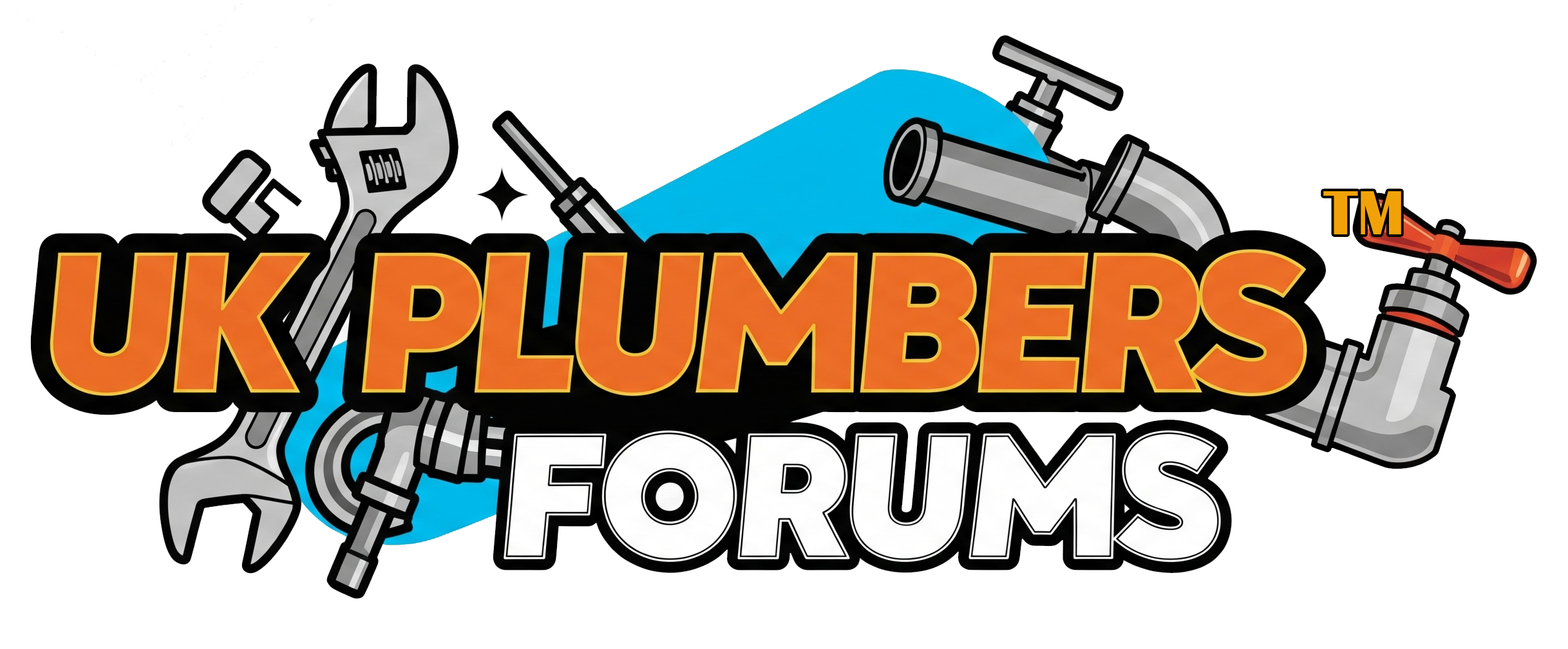Hi Guys,
Update for anyone that is still interested, or has the will to live!
I’ve spoke to one of the tech advisers at the CIPHE and he’s said G3 regs only cover the potable water discharges into D1 & D2, and not the discharges from central heating. Therefore you shouldn’t combine them.
I then asked him where it says in any doc or reg that you cannot do it, and he basically said if an incident happened (I.e flood from tundish causing water damage due to all discharges blowing off at same time or others etc) and it went to court then the expert witness’s would pull out the G3 discharge drawing (the one that’s in all u/v cylinder install instructions) and then basically say show me on that drawing where it shows that the central heating blow-off is allowed to be connected into the D1/D2 pipework.
As we all know the drawing shows no such thing.
Hope this helps anyone out in the future.
Cheers.


